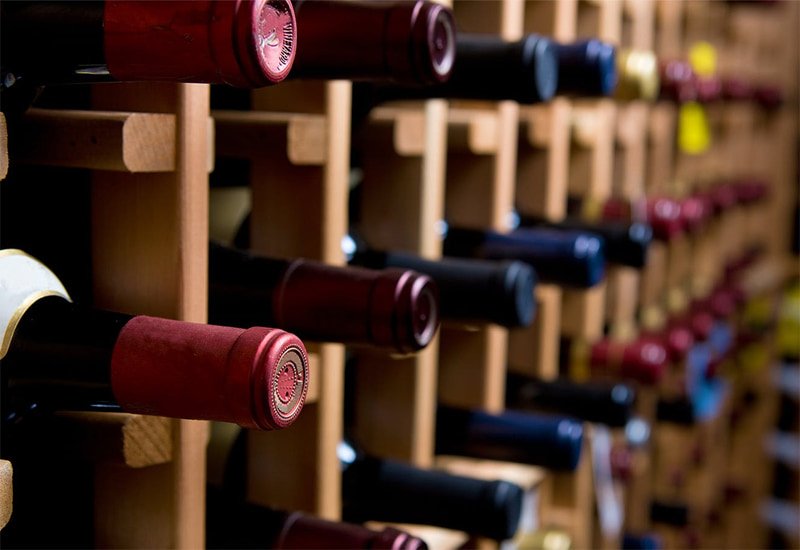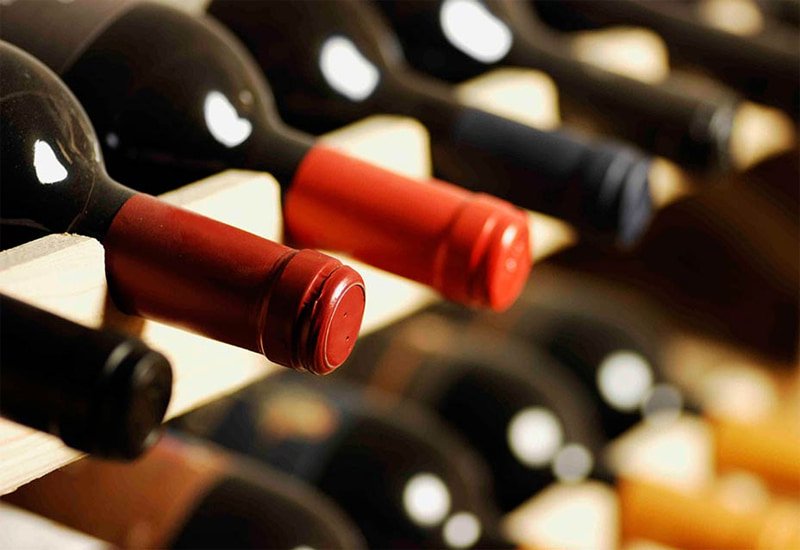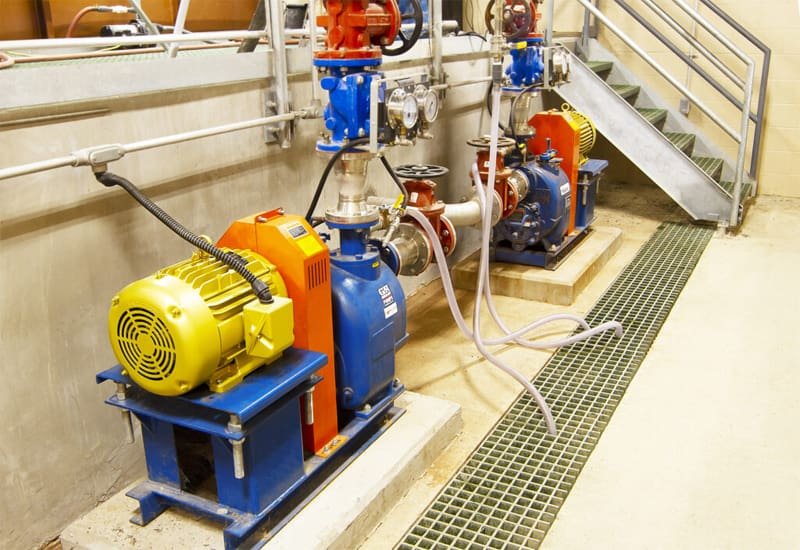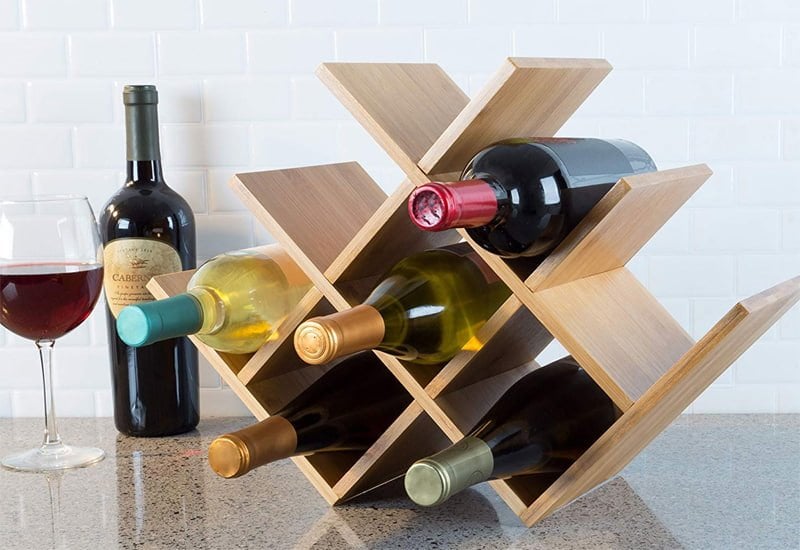Guide To Racking Wine: Why & How Often To Do It, Equipment Used
Racking is the process of moving wine from one vessel to another to remove sediment before bottling.
This is an essential step in the winemaking process that defines the final wine and its qualities. However, there’s quite a lot of confusion on when and how often it should be done.
In this comprehensive guide, we’ll give you all the basics on racking wine, including why and how many times you should do it, what racking equipment to use, and what are the consequences of racking too often or not racking your wine at all.
Further reading
- Discover all you need to know about Winemaking, including How to Produce Homemade Wine.
- Find out How to Build the Perfect Wine Cellar.
Why You Should Rack Wine

The main purpose of racking wine is to separate the sediment from the wine.
Here’s how sediment is formed and why it is harmful if it remains in the wine for too long:
- To kick off the fermentation process, grape juice is introduced to natural yeast strains. The yeast starts feeding on sugar and produces alcohol as a byproduct.
- However, with time, the yeast cells multiply and eventually die off, falling at the bottom of the barrel (or the tank.) The dead yeast and other suspended particles form the gross lee layer.
- When the yeast runs out of food (the grape sugar), it feeds on the dead yeast cells.
- This can give the wine an unpleasant bitterness and an off-taste of metal or rubber. That’s why it’s essential to remove the gross lees after the initial stage of fermentation is over.
Wine racking is also essential for the wine clarification process. On top of the dead yeast cell layer, there is another thick layer of hazy grape juice (usually a result of the tiny particles left after pressing the grapes.) The racking process helps remove these small particles, resulting in a clean wine.
Now, let’s look at how often you need to rack your wine.
How Many Times Should You Rack Wine Before Bottling?
The most traditional approach is to rack the wine three times, and very rarely, you’ll need to do it a few more times. If you’re using wine kits, they should have detailed instructions on when exactly to rack the wine.
Here’s a breakdown of each racking stage:
1. First Racking

The first racking process should happen 5-7 days after adding the yeast. That’s when the primary fermentation naturally slows down, and about 70% of the gross lee sediment has formed.
This is also the optimal time to remove all the pulp particles in the wine. If you remove them earlier, your wine might not have enough body, and if removed later, they might give the wine a harsher taste.
If you’re dealing with white wine, racking can be done right after pressing the grapes.
2. Second Racking

A second racking is performed to remove the fine lees (sediment particles left after the gross lees have been removed).
For red wine (like Pinot Noir or Cabernet), the second racking should be done after the malolactic fermentation (also known as secondary fermentation) is completed. You can stir the wine if the lees have built up before the malolactic fermentation process.
White wine can be racked after the primary fermentation is completed and the sediment has settled (about two days after the fermentation.)
After the second racking, it’s a good time to add any stabilizers, sulfites, or oak products (cubes, spirals.)
3. Third Racking

This is the third and final racking in most cases. It’s performed before bottling. The final racking helps to remove any remaining sediment particles or prevent the wine from getting too oaky if it’s been fermenting in an oak barrel. This racking should get you a crystal clear wine.
4. Other Rackings

There are several occasions on which a winemaker might need to perform an additional racking, such as:
- When bulk aging heavier wines: If you’re aging a heavy red wine (whether that’s in stainless steel, wood, concrete tank, or an oak barrel), you need to rack it every few months to remove any sediment and track for any inconsistencies in the wine.
- If you’re using additional clarifiers: This requires you to rack the wine once before adding the clarifier and once after.
Racking Wine: What Equipment You Will Need
To draw the wine from one vessel to another, you can use a gravity-fed or a pump-driven racking system.
1. Gravity-fed Racking System

This is the most traditional way to rack wine. You just need a racking hose and a siphon tube (or a racking cane.)
Usually, you can rack the wine only with a hose (a plastic hose is also a standard tool used in the beer-making process), but this can lead to sediment disturbance. So, to rack your wine as “quietly” as possible, you can attach tubing to one end of the hose.
The tube is inserted into the barrel and acts as a racking wand. The racking cane can be direct anywhere you want, and it won’t move around, preventing you from drawing any sediment into the clear wine.
2. Pump-driven System

If you plan on producing homemade wine in larger quantities, you can use a more advanced pump system that can automatically pump out the wine. Some more advanced wine pump systems even come with filtering and bottle filler add-ons.
What Happens When Wine is Racked Too Many Times or Not at All?

If you rack your wine too many times, you risk exposing your wine to too much oxygen, which can negatively affect the wine’s aromas and flavors. The wine might get an unpleasant vinegary taste.
Usually, each racking step introduces the wine to a small amount of oxygen. To prevent over-oxidation, you can add a small amount of sulfur dioxide (about 20-40 ppm.)
If you don’t rack your wine, you run the risk of getting some off-flavors, usually a result of the active yeast feeding on dead yeast cells and other nutrients in the wine (the gross lees.)
However, keeping the wine on the fine lees (a process known as sur lie aging) is sometimes wanted since it gives the wine more body and texture.
Build a Wine Collection While You Nail The Winemaking Basics!
Wine racking might be a simple process, but it has its own specifics, and timing is extremely crucial. We hope this article was helpful and will make the winemaking process much easier for you.

Meanwhile, if you want to build a fine wine bottle collection, why not check out the Vinovest website? The AI-based platform can help you buy, store, and sell wines from all around the world.



